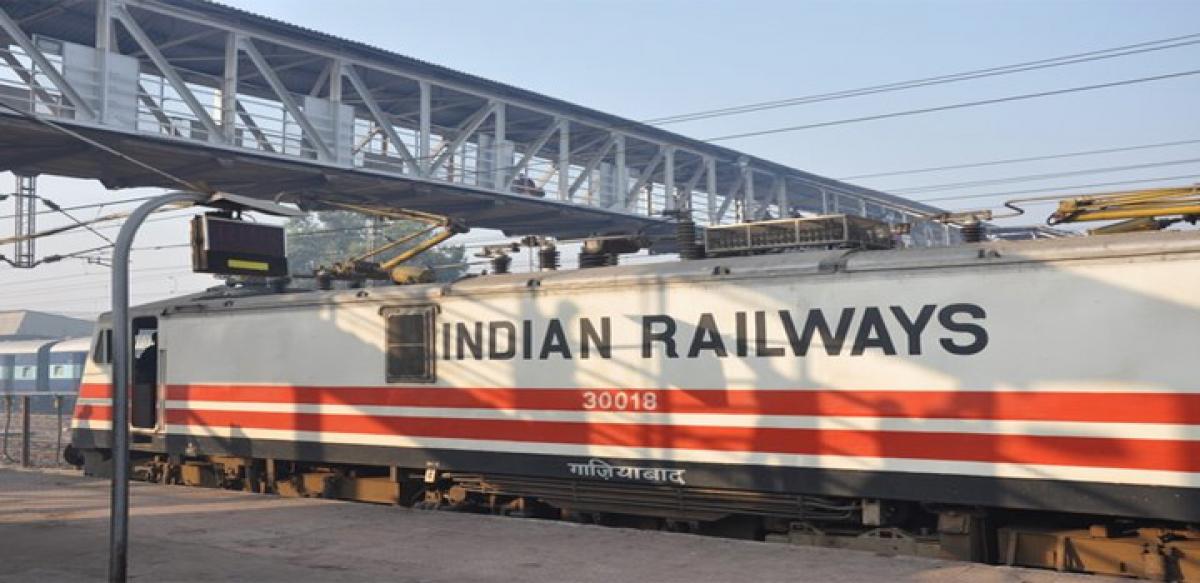Just In

The slew of measures announced in the Railway Budget aimed at improving passenger comfort are haunted by declining operational efficiency and concerns over raising fiscal resources to finance the ambitious proposals. The Railways hopes to spend $17 billion to modernise and expand its mammoth network.
The slew of measures announced in the Railway Budget aimed at improving passenger comfort are haunted by declining operational efficiency and concerns over raising fiscal resources to finance the ambitious proposals. The Railways hopes to spend $17 billion to modernise and expand its mammoth network.
Many measures that offer comfort for the passenger include: no fare hike again; smoother ticketing; Wi-Fi enabled railway stations; cleaner coaches; going digital, etc. Such efforts to modernise Railways are certainly a welcome feature.
The operating ratio (how much of the revenue generated is left after spending on day-to-day operations) is pegged at 88.5 per cent in this financial year. This is the lowest in nine years. It was as high as 93.6 per cent in 2013-14. But the OR is penciled at 92 per cent in 2016-17, owing to pay hike. With the gross budgetary support dwindling since liberalisation, the task of mopping up finances would be an uphill task.
The Railway will begin the new financial year with a deficit of Rs 50,000 crore – Rs 17,000 crore due to shortfall in estimated revenue in the current fiscal and another Rs 32,000 crore to meet the pay hike. If it fails to mobilise resources to finance the budget, cost and time overruns will be inevitable. The Minister hopes to make it happen through public private partnership (PPP) and monetising the assets.
The Union Finance Minister in his last year’s budget speech itself said that the experience with PPP was not so forthcoming. Selling assets would bring in money now, but deprive Railways of the appreciating value of these assets.
Railways intends to depend heavily on borrowings to finance its massive expansion plan. This would mean greater debt servicing burden in future. Any modest increase in fares is politically sensitive.
Therefore, the budget aims at introducing dynamic pricing and tariff regulator to insulate the government from political implications of fare hike. Railway Minister is, therefore, pinning hopes on economic recovery to boost his revenues. He is also depending on favourable lending by public financial institutions like LIC. The fiscal challenge haunting the Railways is not a new story.
For instance, the rail network length of the Indian Railways hasn't expanded commensurately – 0.06 times since 1989-90, even as passenger and freight traffic have increased 3.3 times and 2.2 times respectively. Therefore, the budget speech of Suresh Prabhu presents the conflict between an accomplished chartered accountant and a shrewd politician in him. The politician made alluring announcements. The accountant gave the figures that provide fodder for skeptics.
India has the fourth largest railroad network in the world with some 64,460 route km, after the US (2,24,792 km), Russia (1,28,000 km) and China (1,12,000 km). Nearly 21,000 trains ply daily to ferry 23 million passengers and 3 million tonnes of freight. With a risky interplay of promises and finances, massive infrastructural push in Railways is only possible by a combination of public investment, private funding and internal revenue mobilisation.

© 2024 Hyderabad Media House Limited/The Hans India. All rights reserved. Powered by hocalwire.com







